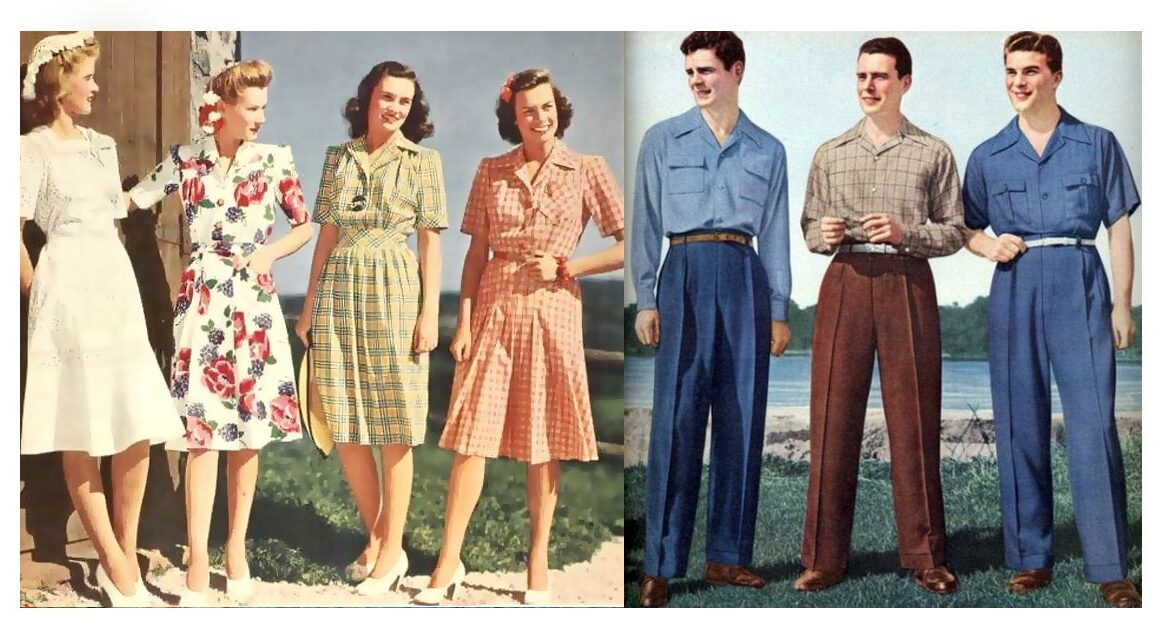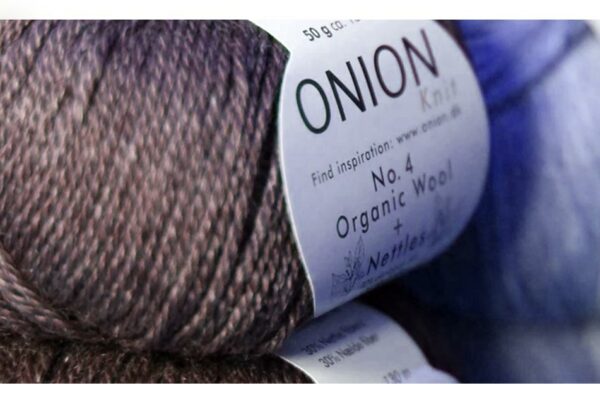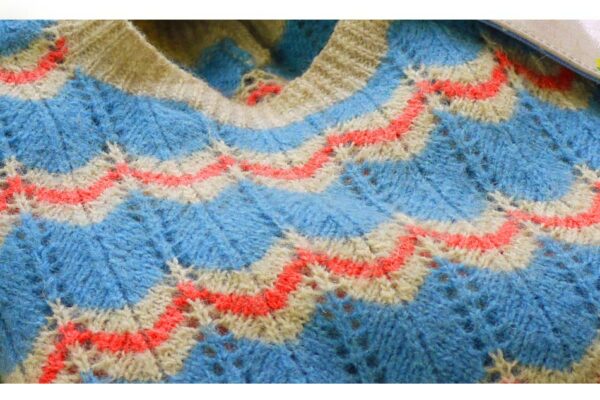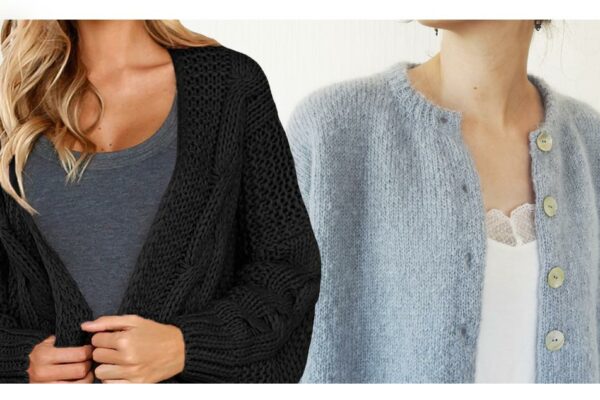The stock market crash of 1929 was followed by a severe economic depression in the 1930s. Fashion during this period was more of an escape from the troubles of daily lives. For women and men, Hollywood became a symbol of a carefree and glamorous life. In no way did fashion reflect real life during those times.
Then came the Second World War, which began in 1939. As a result, fashion took a new turn.
As most of the men were serving in uniforms, men’s fashion stopped progressing until the end of the war. Women’s fashion included man-tailored dresses, hats, and coats. Through fashion, they tried to support the war efforts. During the war, a woman took care of the home front and did the work previously done by men. Jobs that men held earlier were taken up by women.
So, the clothes worn during those times were a reflection of the circumstances where limited materials were available. This continued even after the end of the Second World War. Only at the end of the 1940s did women return to the ultra-feminine silhouette. Men also took it easy and adopted a more relaxed fit.
Fashion before the Second World War
Before the beginning of the Second World War, Paris was considered the epicentre of fashion. All the new styles originated in the French capital and the unknown American designers copied their looks. This was done for their clients as well as for stores.
Despite the economic depression, the 1930s was a period of glamour. Most of the Hollywood stars wore long, draping, and flowing gowns of silk, velvet, satin or crepe. The day suit was brought into fashion by Coco Chanel with a long skirt and fitted jacket. Fur was in great demand as it was considered a luxury item.
In 1940, many designers had to shut down their fashion houses after Germany took over Paris. Some even escaped from France. The rest of the world had to come up with their own styles as a result. During this period, the focus was on New York. It created a look that was influenced largely by the war being fought at distant places.
The use of new materials in clothing
Owing to the widespread war, the materials generally used for clothing became scarce. Coats and uniforms for the soldiers were made using wool. Their boots were made of leather. Silks used to make stockings and undergarments were now used for making waterproof maps and parachutes.
New materials had to be used for civilian clothing. DuPont introduced Nylon in 1938, which was a great replacement for silk. Gradually, it began to be used for the war as it served the same purpose as silk. American cotton became a preferred option for casual fabric. When the wool blends were introduced, they saved plenty of wool to be used for military purposes.
Around this time, synthetic fabric rayon was widely popular. Its thicker version was used for suits and coats instead of wool. Day dresses were made using the softer and silkier version. Shirts and jackets became plain and practical, while skirts were shorter and tighter.





